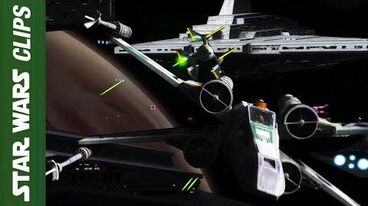- 491
- 119
I know that the Wiki has accepted the use of this particular calc for the Munificent Star Frigate's hull durability (and durability of other ships scalable to it): https://web.archive.org/web/2016050...ent-class-star-frigate-tanks-asteroids.33638/
But I have to come out and say that the calc feels wrong to me, on account it doesn't use the relative velocity between the asteroid and the frigate to get the energy of the collision.
But I have to come out and say that the calc feels wrong to me, on account it doesn't use the relative velocity between the asteroid and the frigate to get the energy of the collision.
